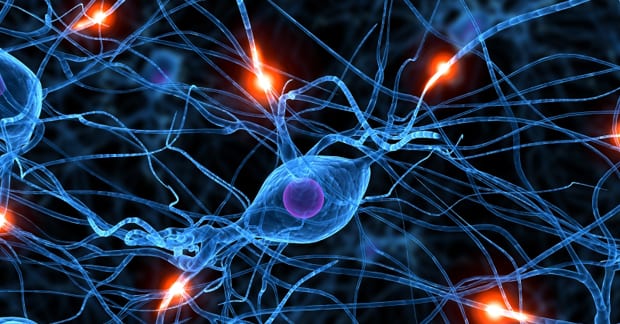Fibromyalgia (FM) is a condition that usually affects different organ systems in the body, causing a number of symptoms. Some of these include:
- The muscles (the musculoskeletal system): tender, achy, stiff, tight muscles, and trigger or tender points all over the body.
- The nerves (the nervous system): headaches, light headedness, sleep disruption, depression, anxiety, numbness/tingling (overlaps with the cardiovascular system).;
- The stomach and intestines (the gastrointestinal system): diarrhea, constipation, irritable bowel, leaky gut, heart burn, lack of appetite, abdominal cramping.
- Breathing (the respiratory system): hyperventilation, rapid / shallow breathing patterns.
- The heart (the cardiovascular system): racing heart rate – palpitations, feeling cold all the time, numbness/tingling (overlaps with the nervous system).
Because of the multiple systems involved, there are many challenges to managing Fibromyalgia. Studies suggest a balance between several approaches works best. Some of these approaches include biomedical treatments, organ-specific treatments, and cognitive interpersonal treatments. Within these categories, the following can be broken down further:
- General – Treatments directed at the whole body such as anti-inflammatory measures. These include (but are not limited to) medications (corticosteroids, NSAID’s – such as Advil, Aleve) and nutrients (ginger, turmeric, boswellia, Vitamin D, and others). Other anti-inflammatory measures include diet, such as the Paleo Diet or “caveman diet” that avoids grains or flour-based products. That means no more breads, pastas, crackers, cookies – anything made with flour. This approach emphasizes consuming fruits, vegetables, grass-fed lean meats, and fish. The main ingredients in grains that are of concern in the Paleo Diet are gluten and lectins.
- Central – Treatments directed at the chemical factors in the brain that control mood, depression, anxiety, and so on. These include (but are not limited to) medications (tricyclic antidepressants, muscle relaxers like Cyclobenzaprine, SSRI, SNRI and Trmadol) and certain nutrients (neurotransmitter support such as 5-HTP – tryptophan, DHEA, phenylalanine, and others).
- Psychotherapy and active behavioral therapy – Treatments that are supportive of nervous system such as cognitive behavior therapy, aerobic exercise, patient education, multidisciplinary therapy, hypnotherapy, biofeedback, and strength training.
- Passive physical interventions include chiropractic therapy, massage therapy and other forms of manual therapy, and acupuncture.
The goal of this article is to look at fibromyalgia from a holistic perspective so that those struggling with FM and similar conditions can better appreciate the concept of multidisciplinary treatment, of which chiropractic care plays a significant role. Coordination of care and finding the “right” healthcare providers cannot be over-emphasized.





